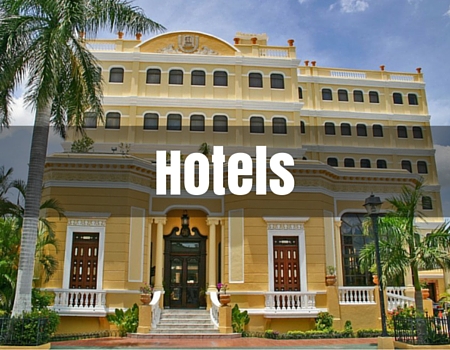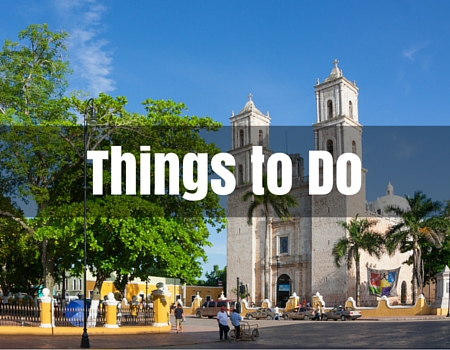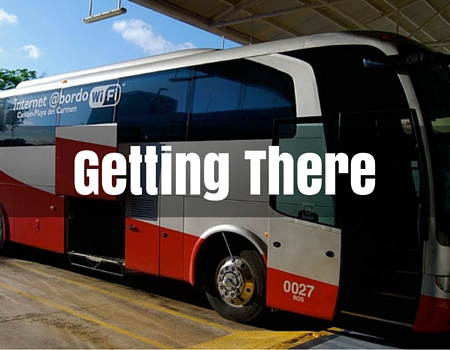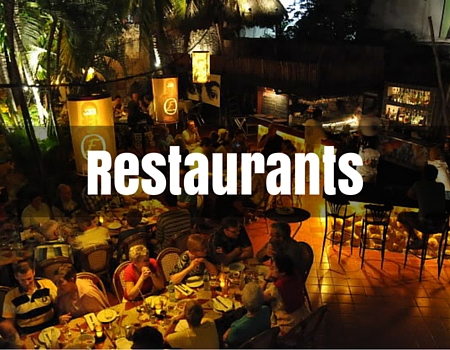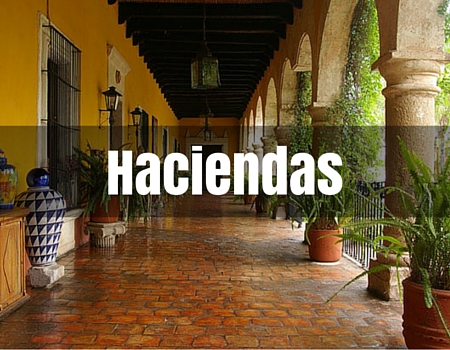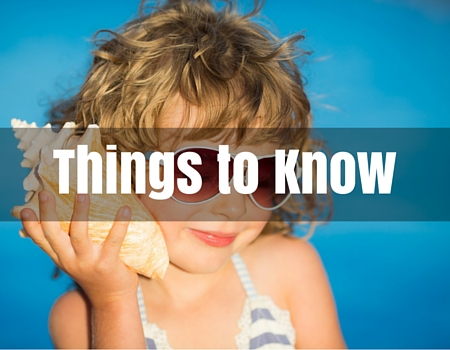erida, the inland capital of Yucatan state, is a city that combines the splendor and opulence of colonial Mexico with fascinating Mesoamerican history and a flourishing contemporary art scene.
Once the weekly home of many Spanish hacienda owners, the city is rich with 19th-century architecture and palatial mansions. The main passage through the city, El Paseo de Montejo, was fashioned after the Champs-Élysées in Paris and much of the city boasts a colonial European feel.
Despite, or perhaps because of its rich history, Merida has a burgeoning contemporary design scene and is home to a number of art galleries, boutique hotels and modern restaurants. Old colonial buildings are being renovated in fresh and exciting ways putting Merida’s architecture and design well and truly on the map.
Merida is a vibrant city, so an exploration through the streets on foot or by horse-drawn carriage could easily see you stumble upon traditional music performances and dances as well as live outdoor theatre.
The regional dishes are heavily influenced by Mayan cuisine with touches of European flavor. You can sample local food anywhere from casual street-food stands to fine-dining restaurants.
Merida’s central location makes it a great hub from which to explore the surrounding area, replete with archeological sites, Spanish haciendas and natural reserves.
Merida has an entirely different feel to Cancun or Playa del Carmen. It is an authentic Mexican destination where culture, colonial history and the pre-Hispanic past combine with a modern twist.
MERIDA HOTEL INFORMATION
Merida has an eclectic hotel scene. Options range from international luxury-brand hotels and boutique colonial-style converted mansions to contemporary design hotels and magnificent renovated haciendas.
A number of 19th-century colonial buildings have been restored into boutique hotels which recreate a period elegance and regal feel, while new design hotels boast a more cutting-edge architectural style, using modern colors, furniture and fittings but still retaining some period features.
Outside the city there are a number of old haciendas that have been renovated into luxury hotels. Set upon multiple acres of land, they boast huge rooms with tall ceilings and opulent character.
If you hire a car you can easily stay in the haciendas outside of Merida, driving in to explore the city during the day.
MERIDA HOTELS
THINGS TO DO IN MERIDA
Whether staying in the city or exploring the surrounding area, Merida has a plethora of options of things to see and do. Anthropology enthusiasts can head out to multiple archeological sites around Merida, while those interested in Mexico’s colonial past can visit the old haciendas outside of the city. The city’s museums also offer great insight into Merida’s rich history.
City tours are a great way to see the sites of most interest in Merida, visiting churches and museums, admiring the architecture and learning about the city’s history from an expert guide. If you need a break from the urban heat you can head to Progreso, a nearby port city (30km north) to cool off in the sea breeze.
Merida has a hot and humid climate so a great way to explore is by horse-drawn carriage, enjoying the sites without working up too much of a sweat.
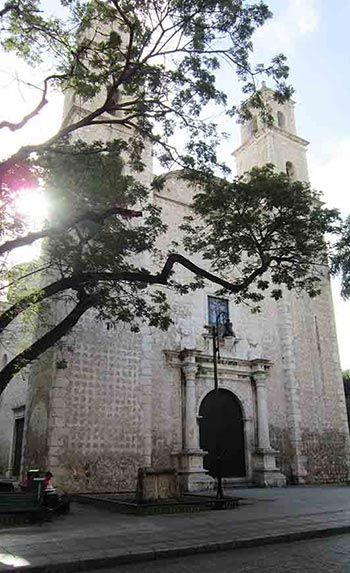
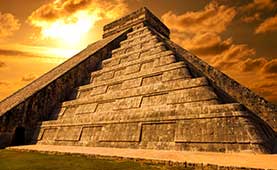
Chichen Itza Tour
A perfect day trip from all location throughout the Riviera Maya and Yucatan Peninsula. Chichen Itza is the most popular Mayan Ruin destination and provides phenomenal photo opportunities and interesting insights to the Mayan culture.
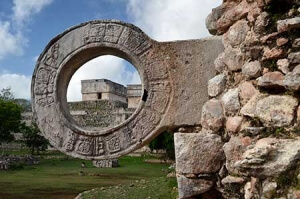
Uxmal Ruins Tour
The Uxmal and Kabah Mayan Ruin tour is fully guided taking guests to ancient civilizations. This tour departs from your hotel in Merida and last approximately 7 hours.
TRANSPORTATION
Getting There – Merida’s central location makes it a practical hub from which to explore the surrounding archeological sites and much of the Yucatan peninsula. There are direct highways to Cancun, Tulum and Playa del Carmen and each of these destinations is roughly 3 hours from Merida. The colorful port city of Campeche and the laid-back colonial city of Valladolid are both 2 hours away, while the archeological site of Chichen Itzá can be reached by road in one and a half hours.
Getting Around – Local buses can be a bit confusing, especially if you don’t speak much Spanish but taxis are inexpensive and safe (most are priced by meter) and make a good option for tourists. If you are in relatively good shape and don’t mind the heat (Merida is hot and humid in the summer) then you can walk to almost every attraction. The city is built on a grid system so once you figure out the street numbering system you are unlikely to get lost.
You can also explore the city by jumping on and off the Turibus (an open-topped sightseeing bus) or hiring a horse-drawn carriage.
GETTING THERE
MERIDA RESTAURANTS
Merida’s gastronomy is heavily steeped in Mayan influence, with hints of the European flavors that were brought to Mexican shores by the Spanish. Meats such as pork and turkey that would have been indigenous to the land feature heavily on menus while chili and annatto paste made from the seeds of the achiote tree bring spice and color to the dishes.
The city boasts a variety of eating options, from street food to fine dining and everything in between. Every weekend the main square becomes home to numerous street food stalls where you can try panuchos or salbutes. There are also a good number of traditional restaurants offering local dishes such as cochinita pibil, poc chuc and pavo en relleno negro, while most of the more contemporary fine dining or boutique restaurants offer a fusion of local traditional dishes with a modern or international twist.
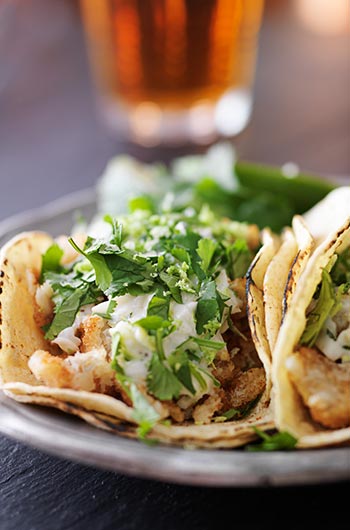
HACIENDAS
For those that have an interest in historic haciendas, Merida is a perfect destination. Many were built from the 17th to 19th centuries and created a boom when henequen was produced. Derived from the agave plant, henequen was used to make rope sold around the world.
Many haciendas have been luxuriously renovated and turned into hotels. Starwood owns a number of the most popular haciendas around the Yucatan Peninsula today providing visitors an intimate hands on experience.
If just a short visit is of interest to a close by hacienda visitors can take advantage of tours we offer online.
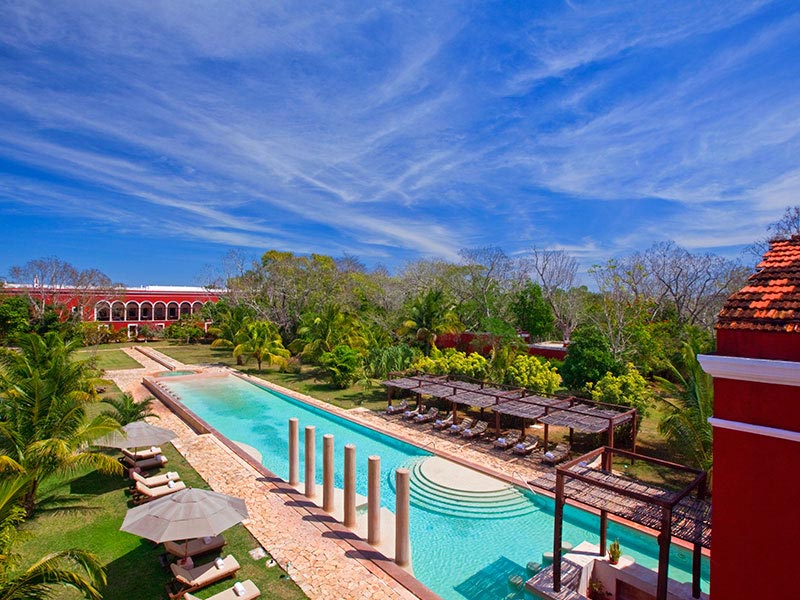
MERIDA NIGHTLIFE
Merida isn’t really known for its lively bars and nightclubs, but in the early evenings the main squares are popular areas to enjoy a stroll, take in a live music or dance performance or simply watch the world go by. There are also a few theatres in the city, which boast ballets and operas as well as art galleries that host vibrant inauguration parties.
The Paseo de Montejo is the place to go if you do want to find bars. There are Irish-style pubs and sports bars as well as a more romantic and funky option, the Moon Lounge on the rooftop of the Rosas y Xocolate boutique hotel.
We suggest heading out as the sun sets for a meal before taking a leisurely stroll around the center and letting the music guide you to the heart of the action.
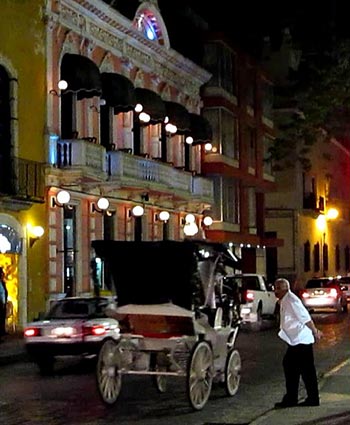
THINGS TO KNOW ABOUT MERIDA
VISITOR INFORMATION & TIPS
Merida is one of the safest cities in Mexico, and the people are warm and friendly. While there is quite a lot of traffic, drivers are considerate and road rules are well followed. Merida is a relatively large city (12th most populous in Mexico) but it has the feel of a small close-knit community, which increases safety and friendliness. Tourist police also assist visitors in the Historic Center and can be identified by their uniforms, which are white and blue (regular police wear all blue).
There are lots of banks in the center of the city with ATMs that accept foreign debit and credit cards. Banks also offer some of the best rates of exchange.
Tourist information modules can be found at:
City Hall Information Center: Calle 62 between 61 and 63 in front of the city hall
Paseo de Montejo: Avenida Paseo de Montejo by Calle 33A
MEXICO INFORMATION
For vacationers, many of your questions could probably be answered if you read these pages:
Approximately 40% of the Merida’s almost 1 million strong population speak both Maya and Spanish. You might be lucky to find a friendly local who can teach you a few words in Maya.
HISTORY OF MERIDA
Present day Merida was founded in 1542 by the son of Spanish Conquistador Francisco de Montejo and named after the town in Spain from which he came. Before the arrival on the Spanish, the Maya town of T’ho stood where Merida now stands. T’ho was a bustling center of culture and the Spanish found it rich in buildings of lime-mortared stone. The Maya structures were dismantled and the same stones were used to build the cathedral and other municipal buildings.
In the 1800s Merida’s economy bloomed with haciendas cultivating henequen. Henequen, also known as Sisal was a fiber used for making rope that was referred to as Merida’s green gold, due to the money it brought to the region.
With the profits made by the export of henequen, the hacienda owners imported goods directly from Europe to Merida. Much of the architecture in the city, therefore, reflects the opulent European influence of the time, with Spanish courtyards, French doors and Italian-tiled floors.
While Merida is a city rich in traditions with gastronomy that evokes its Mayan past, a contemporary renaissance has been occurring for the last decade or so. Now home to design hotels, modern restaurants and an interesting art scene, Merida is gaining global attention as one of Mexico’s most popular cities.
